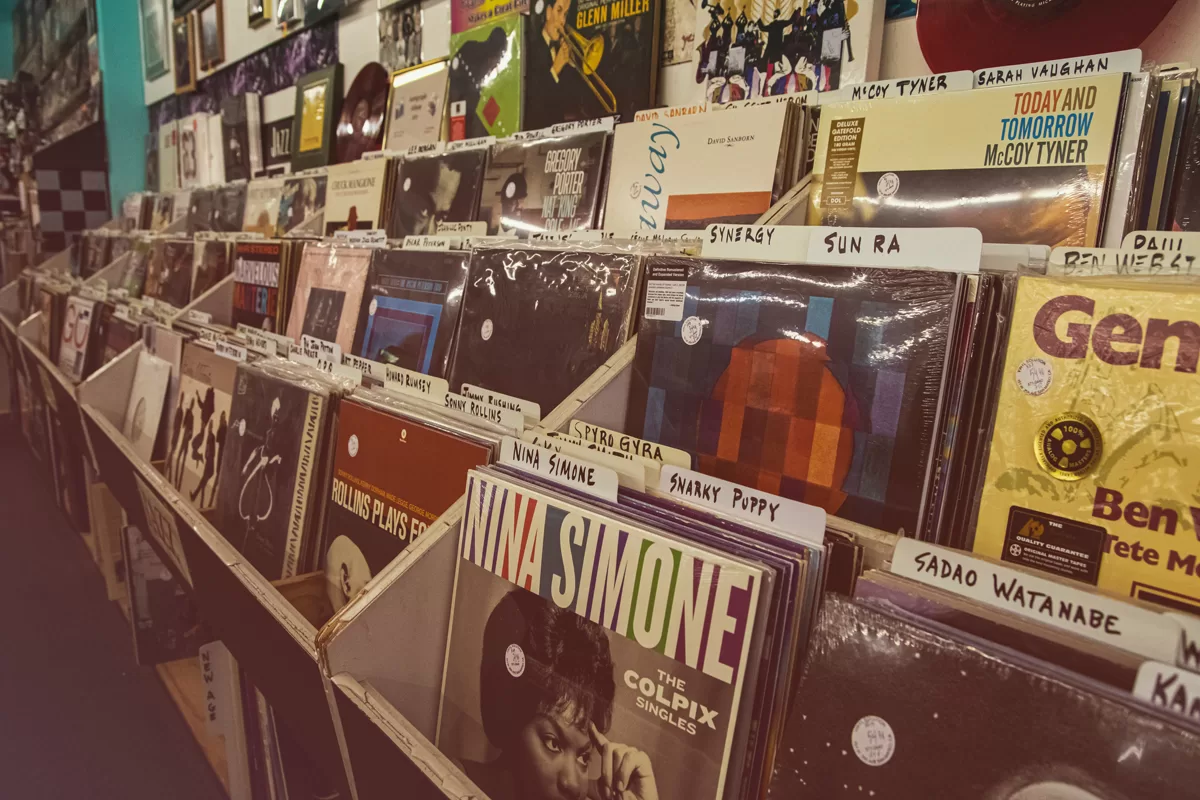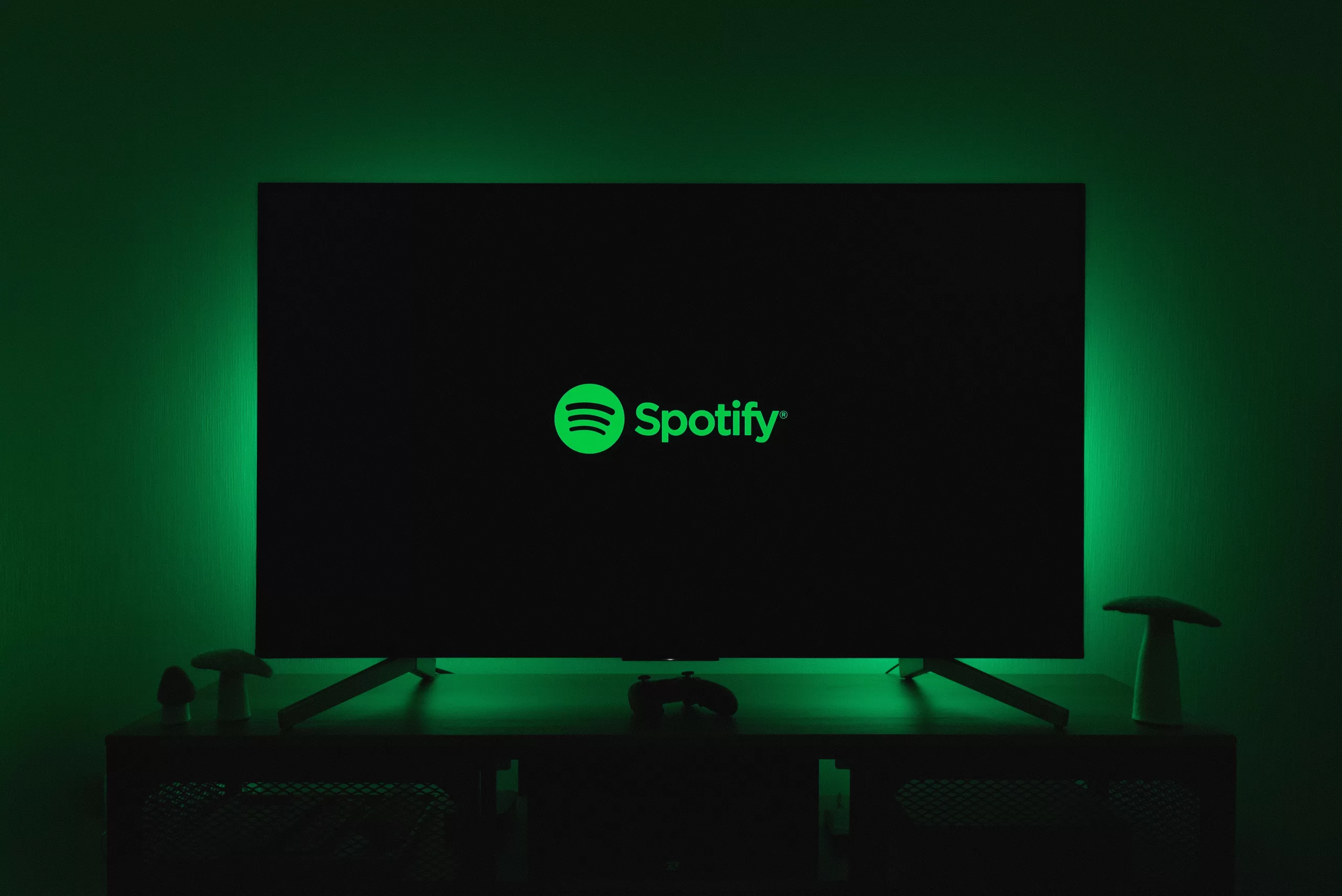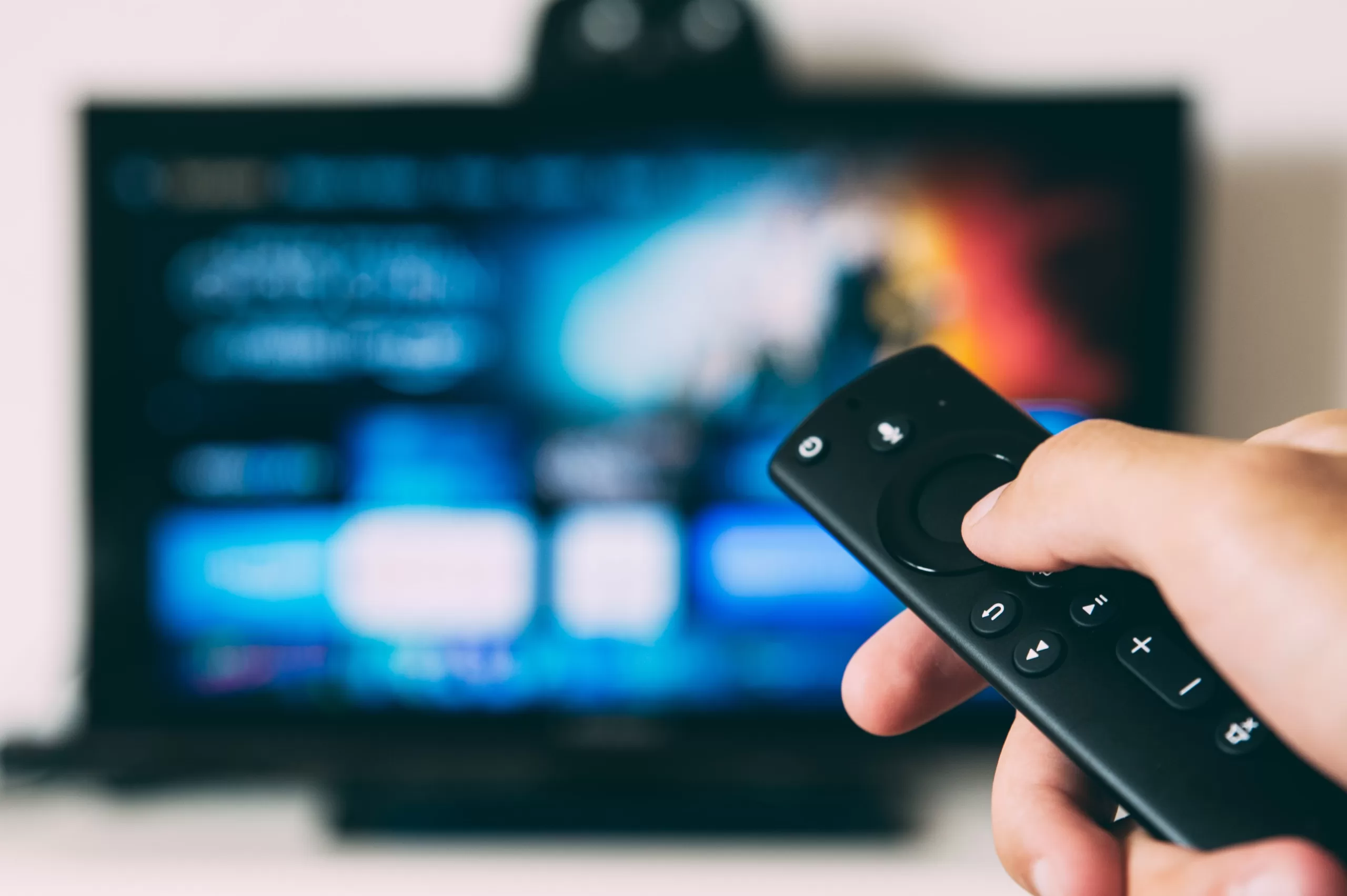The recently released IAB Audio Advertising State of the Nation Report suggests that despite our current economic uncertainty, media agencies will increase their digital audio expenditure in 2023.
The results suggest that in 2023, 71% of media agencies will increase their investment in audio streaming and 78% will increase their investment in podcast advertising.
Integration is becoming more consistent with 80% of media agencies buying digital audio in combination with digital video advertising, and 69% intending to buy digital audio bundled with other media.
However, 7 out of 10 agencies state that while digital audio is effective at increasing brand awareness, some want more proof of the effectiveness of audio in brand building.
IAB’s CEO Gai Le Roy said, “One of the most pleasing results of the study was the marked increase in planning and buying audio in combination with other digital activities.”
“There is great potential for digital audio to increase its share of the digital ad pie with eight in 10 agencies who use digital audio now considering its use alongside digital video as well as the increase in omnichannel programmatic buying,” she said.










